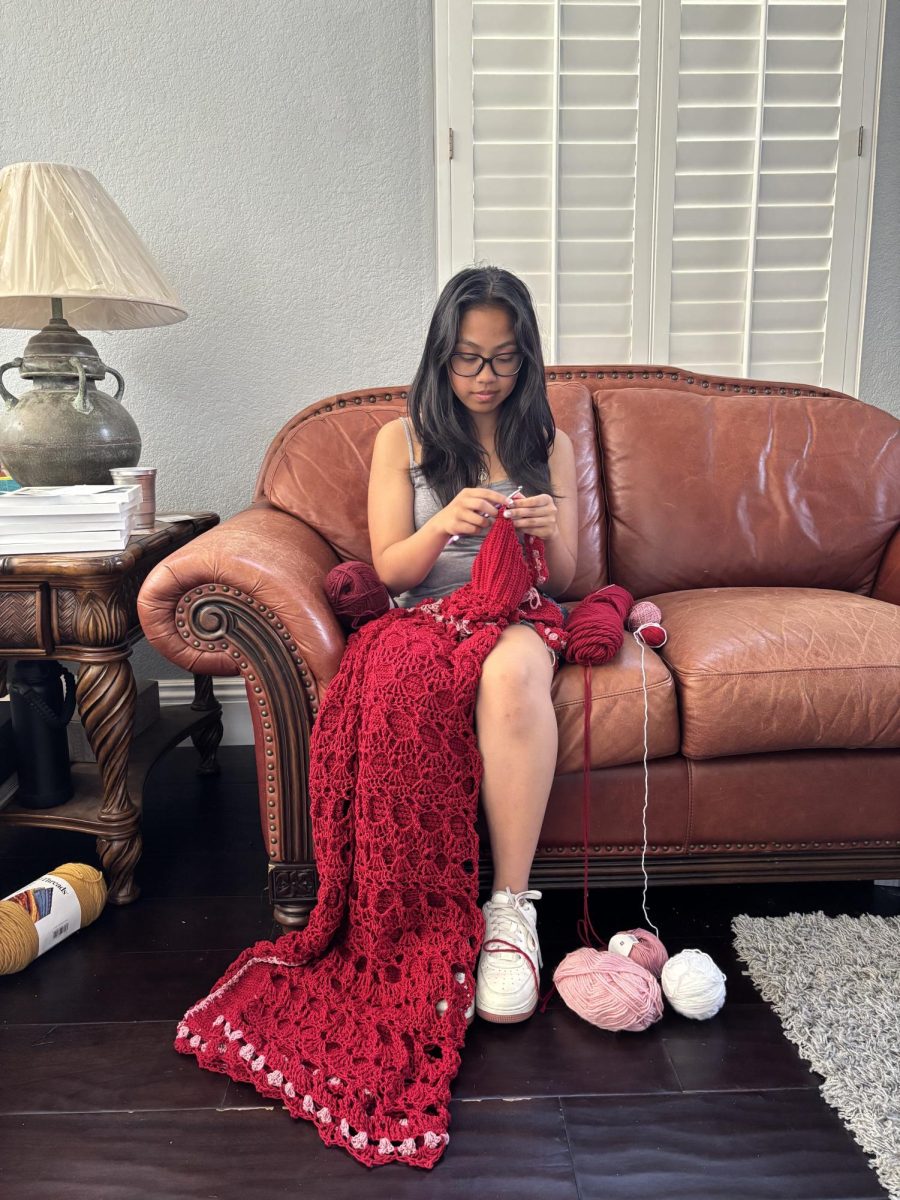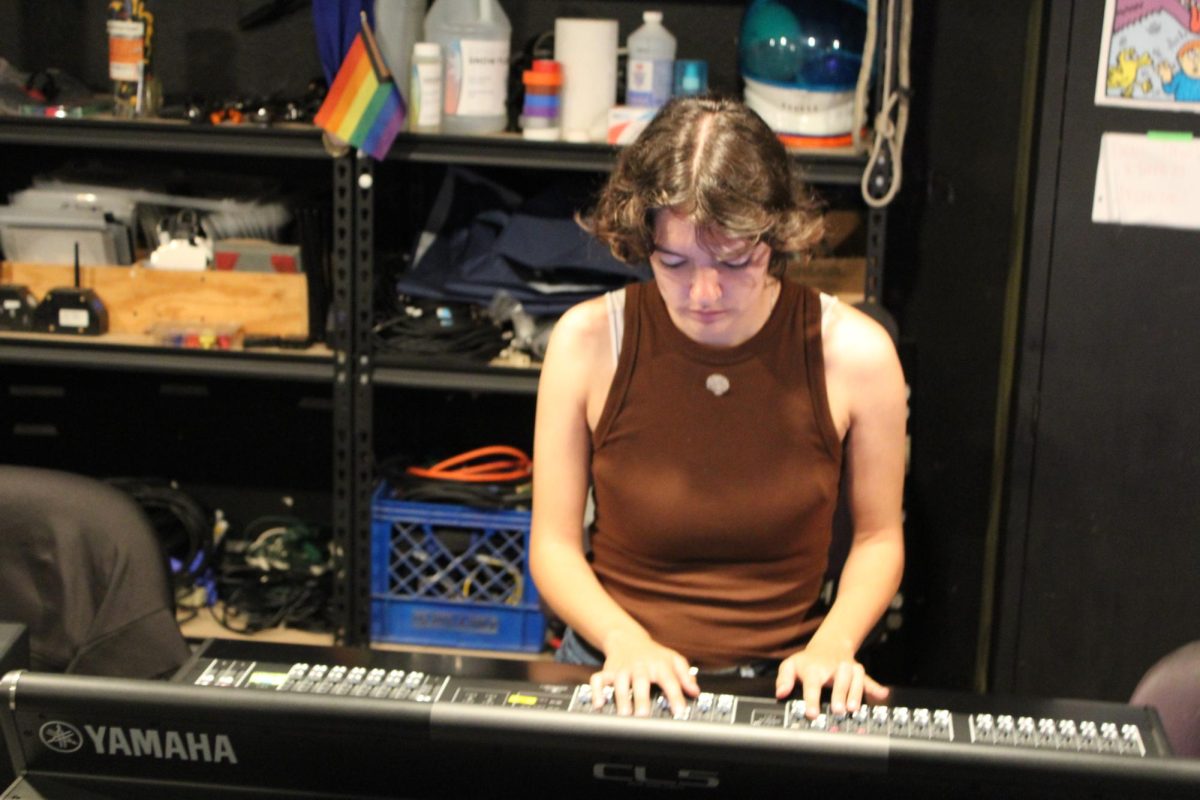As Westview wraps up the 2020 school year in the middle of the COVID-19 pandemic, distance learning has led teachers to gain a better understanding of the struggles teaching digitally poses.
While all teachers have faced new difficulties in the transition, the teachers of Westview’s special education department have had to tackle unique issues in their switch to distance learning.
Like most teachers, those in special education have turned to online resources such as Zoom, MyConnect, and Google Classroom in order to teach. However, teachers like Amy Summers, whose students struggle with mild to moderate disabilities, have had to learn how to provide the additional learning resources their students need.
“Many of our students who have IEP [Individual Education Plans] or learning challenges are required to have audiobooks on tape or things read aloud to them,” Summers said. “What we have to be able to do is accommodate that, so it means oftentimes posting our lessons in multiple modes.”
If, for example, Summers assigns a section of a novel for her students to read, she won’t simply post the excerpt, but will also post a link to a YouTube video or audiobook for her students to access it being read aloud as well.
“Even though we teach general academic subjects, we have to be very, very capable of differentiating and providing multiple access points for the students so that they can get the curriculum and the texts, but in the manner in which they’re required to under their IEP,” she said.
Unlike regular education teachers, many special education teachers also serve as case managers, where they guide the educational plans and progress of around 20 students at a time, from their freshman to senior year.
Part of their jobs as case managers includes working with other teachers to ensure that their students keep up with their curriculum, which only became more difficult in distance learning.
“Every teacher ended up with a different system and a different plan for how to [teach],” special education teacher Carlos Lagrange said. “It was really important for us to figure out how each teacher was going to be doing their distance learning to help us understand it, so that we could help our students understand it and support them in that.”
That can often prove to take many extra steps, as when special education teacher and case manager Sunny Jerome needed to assist one of her students in taking a science quiz on MyConnect. Even before her student took the quiz, Jerome contacted the teacher to gain access to the quiz in order to install a program for the questions to be read aloud, and walk the student through how to use it.
A key responsibility of a case manager’s job is accessing and addressing students who are specifically struggling with school. In distance learning, case managers like Summers have needed to turn to multiple methods in order to help them.
“[If my student is] in a general education English class and they’re failing, I will get in contact with the general education teacher and say ‘Hey, are you aware that this student has these issues going on at home or these learning challenges?’” Summer said.
Other methods of providing personalized teaching assistance have been through one-on-one or small group Zoom sessions students could sign up for, especially for students who couldn’t learn well in Zoom lessons with their entire class or needed additional help.
Although the special education teachers try their best to assist struggling students, aid has been particularly difficult for inaccessible and more distant students, such as those who do not attend Zoom calls. In these cases, especially without in-person classes, teachers have found that phone calls have been their best method of connecting with them.
“It’s really maybe the most powerful way to connect with another human digitally,” LaGrange said. “An email, text message, those kinds of things, they’re kind of impersonal. When someone calls you, it just has a different weight and a different meaning, and it really can show to families and to students, that we really do care. I think that’s maybe the best way and the most successful way I’ve had with a student that’s really struggling with this system, to be calling them more frequently and talking with them and their families, and that’s really been a big help.”
Despite their best efforts to provide personalized teaching and assistance, special education department chair Eric King recognizes that in distance learning, they still can’t provide the biggest resource students need: the comfort of having a teacher available in-person.
“You’re missing that personal touch, that interaction of having a teacher in the classroom,” King said. “You can look at research and just having a body in the classroom next to you is going to sometimes help students perform better in the classroom. When you’re doing it virtually, it’s one thing for me to have a link and it’s another thing for me to mid-sentence, stop what I’m saying to answer a question.”
Beyond the scheduled class times in distance learning, LaGrange isn’t able to provide the same support he used to through an open classroom during moments such as Wolverine Time or before and after school.
“Being someone that’s there to listen [to students] is a really important part of my job and it’s just much harder [now],” LaGrange said. “In distance learning, it has to be kind of formalized. You have to call me, you have to set up a Zoom meeting if you want to chat, and so you’re not going to do that if it’s just to tell me that you did well on something and you’re proud of yourself. Whereas in regular school that’s something you would just pop your head into my classroom and say, and I would be able to reinforce that and make them feel good about themselves, and I really miss that.”
Although the special education teachers have learned how to move their teaching online, distance learning has taught them to cherish the moments they took for granted in normal schooling.
“I don’t like working next to a computer sitting,” Jerome said. “I’ve never sat so much in my life! The hands-on working with the students, being able to walk around, check in with them, see body language, see how the kids are dealing, I really miss that.”
Most of all, they miss the chance they got to say goodbye to the students that they guided for years, that finally move on from high school.
“[Someone] asked me what’s your favorite thing about working as a teacher?” King said. “Honestly, it’s going to be graduation day, it’s to be able to give my students a hug one last time, and it might be the last time I see them as they leave into the adult world. I definitely will not take that for granted any longer. We look back at those moments, and realize how important they are.”



